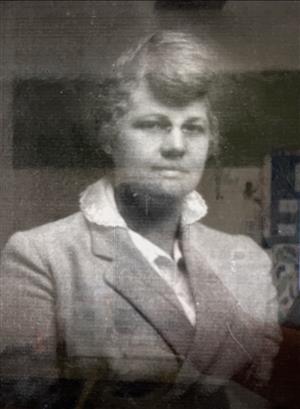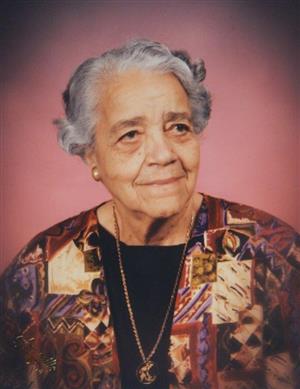Women’s History Month: Davis, Vaughan legacies live on in CMS
Charlotte-Mecklenburg Schools has many facilities that bear the names of inspirational people who had important ties to this area. The Charlotte-Mecklenburg Board of Education is responsible for naming schools, with input from each principal, their advisory committee and the superintendent. Consideration is given to names that have special meaning to students and community members.
Marie G. Davis School and Dorothy J. Vaughan Academy of Technology are two schools in the district that are named for women. Davis and Vaughan made important contributions in the field of education and are among the many women celebrated in March as part of Women’s History Month.
 Marie G. Davis
Marie G. Davis
Davis was a native of Savannah, Ga. She came to North Carolina to attend what is now Concord’s Barber-Scotia College, which was known for graduating quality teachers. Davis also attended Columbia University and Johnson C. Smith University, where she taught many of Charlotte’s Black teachers.
In 1908, Davis joined the Charlotte School System. In 1913, she became principal at the Fairview School, where she served until her death in 1945. The original school was housed in a wooden building until a new facility was built in 1925. The modern building had 25 classrooms and was the first brick school for Black children in Charlotte.
Davis was known for her intellect, as well as her compassion, and believed students should be grounded in reading, writing and arithmetic. In addition, she fostered creativity and innovation, and provided students with relevant educational experiences.
In 1953, the Marie G. Davis School was named in her honor. Originally an elementary school for Black children, it became a middle school following desegregation. Today, Marie G. Davis is a K-8 International Baccalaureate World School Primary Years Programme and Middle Years Programme.
“Marie G. Davis’ legacy of ‘the pride of the community’ continues within the International Baccalaureate Programme at the school named after her,” said Principal Phillip Johnson. “Students are given opportunities to be innovative and create change within their community through teamwork in service as action.
“Just as Ms. Davis focused upon reading and mathematics to ensure her students were able to thrive,” he said, “the IB model of learning includes skills students will need to problem solve, build relationships and develop a broad perspective in today's world.”
 Dorothy J. Vaughan
Dorothy J. Vaughan
Many people learned about Dorothy J. Vaughan from the nonfiction book Hidden Figures and the 2016 film of the same name. The works chronicle the lives of African American women who worked at NASA in the 1960s and helped usher the U.S. into the space age.
Born in 1910 in Kansas City, Mo., Vaughan grew up in Morgantown, W.Va. At 19, she graduated from Wilberforce University in Ohio with a bachelor’s degree in mathematics. She taught high school math in Farmville, Va., before joining the NACA Langley Memorial Aeronautical Laboratory as a human computer in 1943 to support World War II efforts.
At the segregated West Area Computing unit, Vaughan’s group performed complex mathematical calculations to support the early days of space travel. In 1949, she became the first African American female supervisor of NACA (National Advisory Committee for Aeronautics), advancing to become an expert in digital computers and their applications in NASA programs. Vaughan retired from NASA in 1971.
In 2017, CMS opened a K-5 magnet school with a computer science immersion theme and named it in honor of Vaughan. Former NASA astronaut Joan Higginbotham and 11 of Vaughan’s family members attended the dedication for the Dorothy J. Vaughan Academy of Technology.
Heather Vaughan said that of all the honors her grandmother had received, this was the one she would have appreciated the most: “She began as a teacher, so having a school named after her feels like things are coming full circle.”

